10 Reasons Survivor Series Was The Best WWE PPV Of 2017
Not counting NXT TakeOvers, of course...

Nov 20, 2017
When deciding how good a pay per view has been on the whole, I often place quite a lot of importance on the quality of the main event.
Clearly, Survivor Series' main event was not the best. It seemed as though the wrong people were eliminated too early - especially newer main roster superstars like Shinsuke Nakamura and Samoa Joe - and the whole thing ultimately turned into a Triple H trolling exercise.
And yet, Survivor Series was probably WWE's best pay per view of 2017 so far - which says an awful lot about how damn good the rest of the show was. We saw a pair of truly excellent tag matches, and a genuine marquee match in AJ Styles vs. Brock Lesnar.
I can't think of another WWE show this year that can compete (NXT TakeOver cards not included, of course). The Royal Rumble had that excellent Cena vs. Styles clash, Extreme Rules and Great Balls of Fire were generally good, and Hell In A Cell saw the enthralling Sami Zayn heel turn - but pound for pound, no other pay per view impressed as thoroughly as Survivor Series.
Let's take a look at why, broken down into ten (how convenient!) distinct reasons.
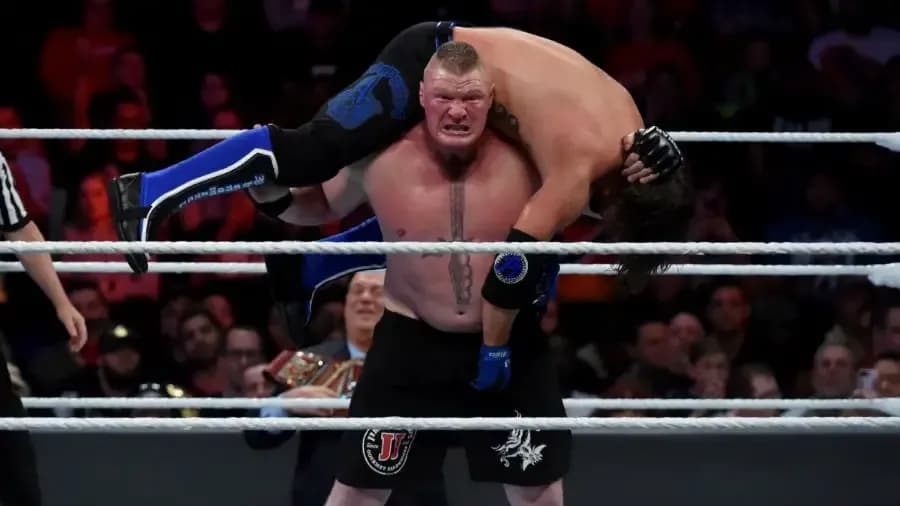
Where else to start but with the biggest match of the night.
From the moment Styles beat Jinder Mahal to win the WWE Championship, this bout felt important. Yes, the result was one of the more predictable on the show - there's no way Lesnar's losing at any point before WrestleMania 34 - but the bout itself still managed to be gripping.
A major reason for this was, of course, AJ. The Phenomenal One helped Brock to perhaps his best match since the main event of WrestleMania 31, and although he was defeated by a single F5, he still put on an incredible show.
It was good to see Paul Heyman put Styles over so emphatically in his post-show interview. The WWE Champion deserves it; now hopefully he can see off the challenge of Jinder.

If you didn't think Lesnar vs. Styles was the best match of the night, you likely thought it was this bout between the two sets of tag champions.
The Usos were able to defeat Cesaro and Sheamus in a wonderful contest, one which started slowly and sensibly, before escalating into a genuinely thrilling encounter.
Not to rant and rave
too
much, but I even think this was on the level of some of the matches between #DIY and The Revival at times. Yes, there were longer periods of downtime, such is the more limiting style of the main roster - but when these four guys shifted into a higher gear, they provided the best action on the show.
To the surprise of quite a few, Jimmy and Jey earned a hard-fought victory - despite Cesaro and Sheamus defeating The Shield in recent weeks.

So often over the past couple of years, we've seen the Saturday of a pay per view weekend play host to an excellent NXT TakeOver show.
Too
good a show, in fact. So much so that the following main roster PPV can't possibly live up to the benchmark set.
The same seemed to be happening this time around. TakeOver: WarGames was a brilliant show, featuring an incredible bout between Aleister Black and The Velveteen Dream, a wonderful NXT Championship match featuring Drew McIntyre and Andrade 'Cien' Almas, and - of course - the eponymous WarGames main event.
However, although it might be an exaggeration to suggest that Survivor Series
topped
its NXT cousin, it certainly didn't allow itself to be overshadowed.

The women's five-on-five Survivor Series match was perhaps the sloppiest bout on the show, which is a shame, given the amount of talent in the ring. It was let down by slightly disjointed action, and a particularly glaring mishap between Alicia Fox and Naomi, where it seemed as though the Raw team captain didn't kick out of a pinfall attempt in time.
However, despite not impressing too much in terms of match quality, the bout was saved by its booking. WWE made the rather bold decision to have Asuka as the sole survivor, but it was one that made sense and paid off.
The risk here was that such a result would make everybody else look weak - particularly Team SmackDown - but the structure of the match helped justify most of the eliminations. Nia Jax was counted out, Becky Lynch was rolled up shockingly early (to her well-sold distress), and Natalya looked particularly strong in defeat.

I apologise for talking about the opener so far into the list, but I wanted to focus on Lesnar vs. Styles first, as it felt like the true centrepiece of the show.
A key component of any good pay per view, however, is its opener - and Survivor Series' was nothing short of explosive.
The Shield vs. New Day was, like Lesnar and Styles' bout, never the most unpredictable. It seemed very unlikely that Rollins, Ambrose, and Reigns would be eating a loss here - and they didn't.
However, this match was all about the journey rather than the destination. For over 20 minutes, the six men went back and worth, working some incredibly exciting exchanges and shifts of momentum.
While The Usos vs. The Bar was probably a tag bout of greater substance and psychology, this was heavy artillery from the get-go. The teams blasted one another with big move after big move - sometimes pulling out new variations entirely - until finally The Shield were able to triumph.
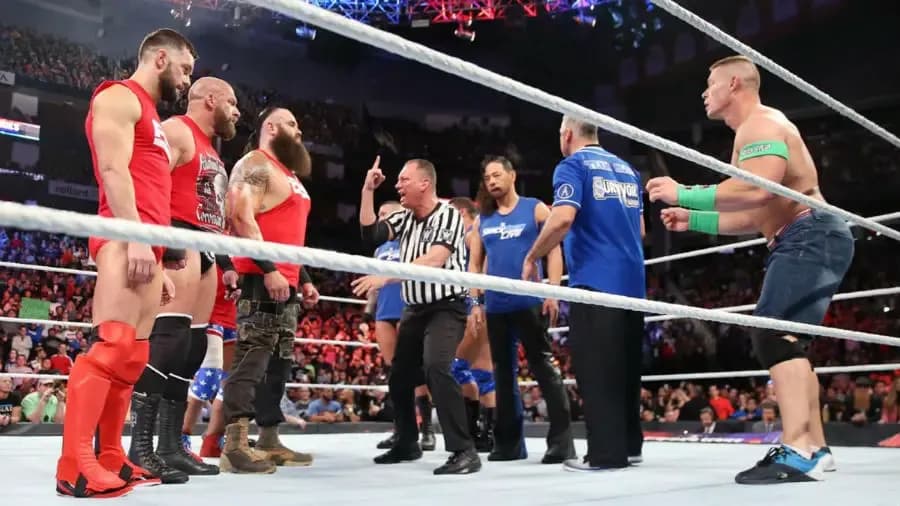
Now, yes, the main event was probably a little too chaotic and
weird
to call a good match, but it was representative of the show in a certain way.
Yes, it may have been a disappointment in terms of quality, but it was absolutely
packed
with star power. You might assume that this would lend Survivor Series a rather top-heavy feel, given the ludicrous concentration of popular Superstars in the final match.
However, this was a pay per view that really showed off WWE's depth. The main roster can often feel like a cluttered mess, but talent was spread around very sensibly indeed. My only real gripe would be the relegation of Sami Zayn and Kevin Owens to the pre-show, but finding a place for them could have upset the balance of the show - and they did interfere in the main event, regardless...
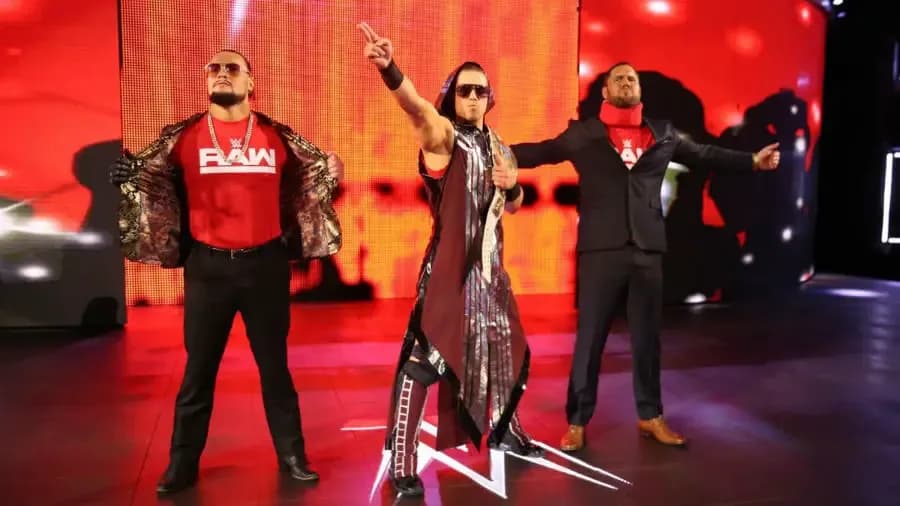
While watching the show, there were a couple of hype videos that made me naturally less excited than others. Matches like The Miz vs. Baron Corbin and Charlotte Flair vs. Alexa Bliss didn't hold the same lustre for me as Styles vs. Lesnar, or either of the traditional elimination bouts - and that's normal for any pay per view.
Crucially, however, Survivor Series' less exciting bouts still delivered. Although hindered by a tricky heel vs. heel dynamic, Corbin and Miz still put on an exciting contest, featuring a few especially especially well-executed sequences towards the end.
Similarly, despite having little time to build a substantial rivalry, Charlotte and Alexa packed a great deal of emotion into their match. At no point did the show feel like it had entered a sluggish period, and even the dubious final bout was at least full of incident.
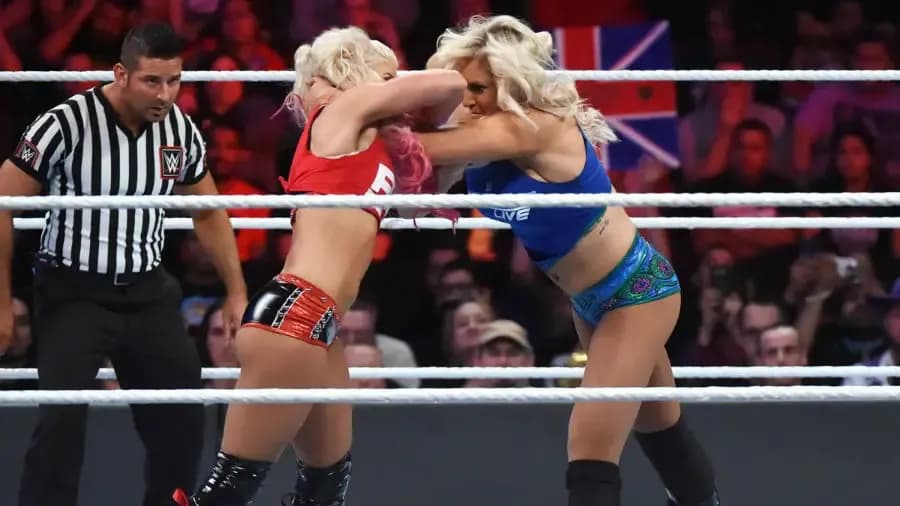
Having compared Survivor Series to TakeOver: Houston quality-wise, I now also want to compare the shows in terms of style. Generally speaking, NXT benefits from simplified booking and match structure. There are far fewer run-ins and DQ finishes than on the main roster - but Survivor Series could be regarded as a nicely stripped-back show too.
With the obvious exception of the main event, the PPV featured a litany of evenly-contested, back-and-forth matches with fitting conclusions.
AJ vs. Lesnar, The Usos vs. The Bar, The Shield vs. The New Day - all examples of matches with a distinctly TakeOver feel. Sometimes WWE seems to lose sight of the fact that wrestling fans enjoy wrestling, but that wasn't the case for the majority of Sunday's show.
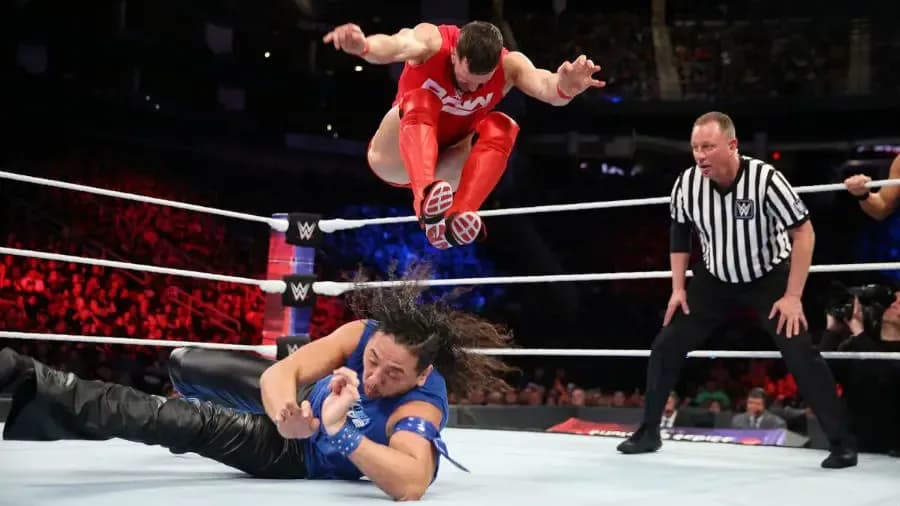
WWE have been criticised in recent times for overstating the value of 'moments' - particular at the big four PPV events. Often it's felt as though well-paced storytelling and continuity has been sacrificed for the sake of one big pop.
Again, however, Survivor Series managed to defy such expectations - chiefly by hinting at a number of exciting match-ups we could see in the future. Although it featured a number of exciting moments itself, nobody could accuse the show of existing in a vacuum.
In the main event alone, we saw showdowns between Triple H and Strowman, Triple H and Roode, Cena and Angle, Balor and Nakamura, and so on. Although this has cast some doubt on the possibility of The Game and the Olympic Hero squaring off at WrestleMania 34, it still must be considered an exciting and unpredictable time.
Similarly, the New Day's confident pre-match prediction that The Shield will split sometime before 'Mania is an intriguing one - and one which seemed to slip under the radar by the time the show had ended.
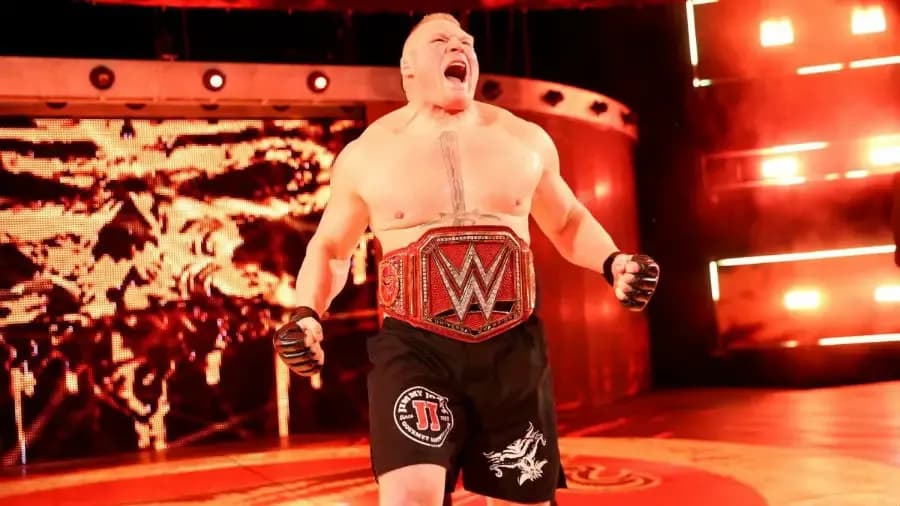
Primarily, Survivor Series was such a good show for two key reasons: the wrestling was good, and everything was made to feel important.
That first point can largely be credited to the wrestlers themselves, naturally, but it's important to note that everything got at least a decent amount of time. The shortest match on the main show was The Miz vs. Baron Corbin, clocking in at around nine minutes - and even that felt like a nicely developed little contest. None of the bouts felt particularly hurried, which can often disrupt the momentum of a PPV.
Similarly, each of the contests were built to feel like they
mattered
. Everything was either a champion vs. champion showdown, a traditional Survivor Series bout, or the high-octane grudge match between The Shield and New Day.
Despite a confusing and disappointing main event, the booking and execution of Survivor Series was largely top notch - and it fully deserves to be seen as WWE's best main roster PPV of 2017.
Because of his eight-year "second act", we sometimes forget that Michaels spent over four years in retirement as one millennium turned to another. Though he'd accumulated lots of pains as a result of his bump-heavy style, it was Michaels' back that gave out here.
During a Casket Match with The Undertaker at the 1998 Royal Rumble, Michaels took a back body drop onto the coffin, his lower back catching the edge of the lid. In the days that followed, Michaels' back pains grew worse, and ultimately steered him toward the long sabbatical.
It's hard to believe it's been five years since Sting's first-ever WWE match. Sadly, we're also rolling up on five years since Sting's *last* WWE match, as well as last match anywhere, as a result of an injury sustained in a WWE championship match against Seth Rollins.
Rollins delivered his patented Buckle Bomb onto Sting late in their title bout, resulting in the 56-year-old icon sustaining cervical spinal stenosis, which required surgery to fix. As a result of the injury, Sting officially announced his retirement the following April.
"The Hitman" takes immense pride in the fact that he was considered safe to work with by so many of his peers. But pro wrestling is filled with many ironies, one of which is that a careful, responsible pro like Bret's undoing could begin with one exceptionally-jarring strike by an opponent.
During a WCW championship bout at the 1999 Starrcade, Goldberg levelled Hart with a brutal thrust kick that resulted in a concussion. Hart's condition was compounded by receiving additional damage in subsequent appearances, and by mid-January, he was no longer cleared to wrestle.
Savage wrestled close to 70 matches following this moment, but it ultimately rerouted his career. During the Steel Cage main event of the 1997 Halloween Havoc, Savage ran interference, and astonishingly, the 44-year-old attempted a Flying Axe Handle from the cage's apex.
The landing was far from optimal, and Savage was bothered by knee injuries for months before he finally took a 10-month sabbatical, beginning in June 1998, in order to have two surgeries. When he returned, Savage was much more muscular, and far, far less mobile.
Who knows how differently the WWF (and the entire wrestling industry) would've been had Austin not been able to return at all? You probably know the story: Austin badly messes up his neck on Owen Hart's Sitout Piledriver at the 1997 SummerSlam, damage immediately evident.
Austin returned by November, limited at first, then more regularly once he became WWF champion. His style soon eschewed traditional wrestling in favour of more stand-up brawling (to cut down on bumps), but still, further degeneration did lead to his retirement at age 38, less than six years later.